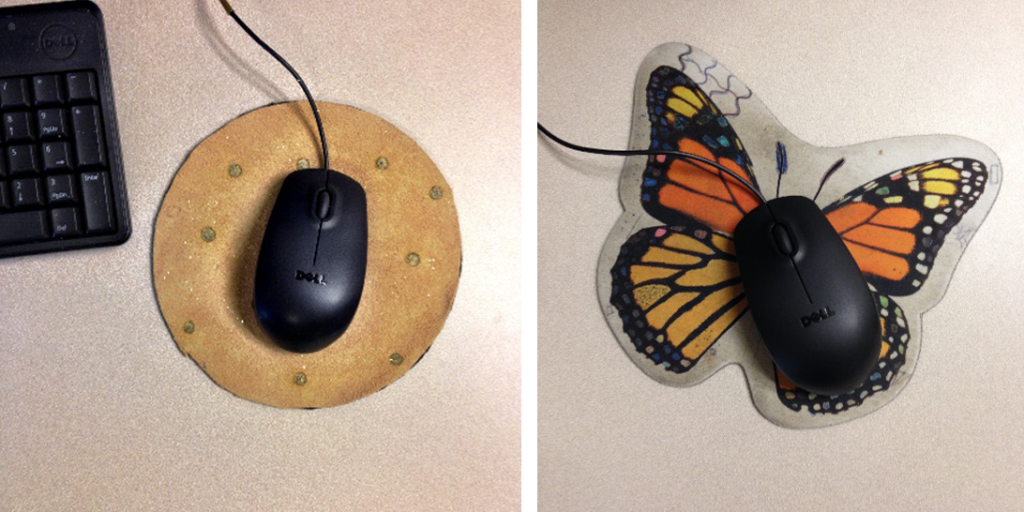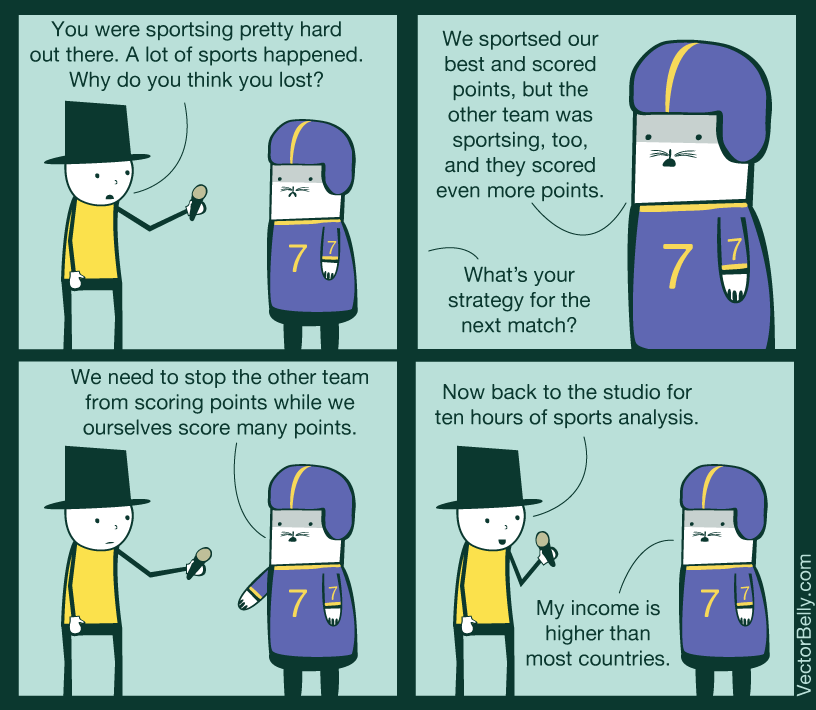Buying your first home is supposed to be one of the greatest moments of any young adult’s life. And at this time in history, with the economy and housing market just barely starting to emerge back from the deep abyss of The Great Recession, with so many post-grads still living with Mom and Dad, I—at the tender age of 28—recently became “Yusef Seidy, Homeowner” (yes I plan to print business cards).
It has been, to date, my most crowning achievement—especially considering the pattern of fuck-off-ery that marred my youth. I was, to put it nicely, a burnout during my collegiate years. The kind of shaggy-haired, quasi-rasta, new age hippie who listened to Dark Side of the Moon way too much (and often synced with The Wizard of Oz—seriously, try it if you haven’t). But I digress…
I purchased a modest sized condominium, in a modest sized building in Redondo Beach, CA. It is literally five blocks from my office, and one mile from the ocean. The building is on the older side, built in 1967, but it’s been well maintained and has a certain street appeal. The unit itself is on the first floor in the very front of the building. It was clean, with great potential, but needed work, and therein laid the trouble.
First Disclaimer: Your Homeowners Association (HOA) is probably a group of older neighbors who have the time to sit around judging whether to approve or deny any improvements you propose to what is technically yours. I say technically, because common areas belong to everyone in the complex; and, if you have a loan to pay for your unit, the debt is yours but the property belongs to the bank until said debt is paid. This isn’t a lesson in personal economics or the philosophies of ownership, however: it’s an account of my journey through the process of remodeling my condo and how I turned my diamond in the rough into a regal jewel fit for the King who inhabits it.
The first thing I noticed about the unit, and all units in this particular complex, is that the appliances are electric powered, with the exception of a fireplace, whose gas is covered by my Homeowners Association payments. For all those wondering, natural gas power is cheaper than electricity, better to cook with, and more highly sought after in the housing market (which is to say, adds value to your property). Luckily, my little slice of heaven sits in the perfect location for gas lines to be added because there is a crawl space underneath, allowing plumbing work to be done easily.
I’m getting ahead of myself. The first task upon receiving my deed was to interview contractors. A contractor is essentially a pimp, with a stable of subcontractors and laborers who do the actual work. So, if I pay a contactor to add in gas lines, change my closet doors, retile a shower, redo some electrical work, add in an extra sink in the bathroom, install new windows and sliding glass doors, and repaint the condo—he goes out and pays a plumber, an electrician, a window guy, a tile guy, painters, a closet guy, and his ex-wife’s alimony.
Second Disclaimer: When interviewing contractors, be wary of the low bidder, as there is a strong possibility he will charge you an arm and/or a leg for every little additional piece of work to make up for the fact that he low-balled you just to get the job. Be upfront about the work you need done, don’t be afraid to let him know you’ll get someone else to do additions for cheaper if need be. In my short, yet intense experience with remodeling, I have met plenty of homeowners who fired their contractor(s) for this very reason.
I chose the low bidder, and proceeded to begin work. It was at this time I was informed that city permits would be required for installing new windows and sliding glass doors.
Third Disclaimer: City permits are a way for a town, such as Redondo Beach, CA, to fund and maintain the beautifully manicured landscape of its newly built and constantly improved municipal buildings. They are, in a sense, extortion. (Okay, okay, I guess they provide guidance for safe building practices and pragmatic construction) But in my case, they felt like tribute to a criminal overlord for permitting the improvement of what is, again, technically yours.
City permits, subsequently, require an HOA letter of approval for all proposed updates. But, by the time my Association returned my messages regarding the windows, they had already been installed. Then began arguments that the new windows did not match the old—not unfathomable considering the windows had not previously been updated since the Bicentennial, and city codes had changed a considerable amount since the Ford administration. In the city of Redondo Beach, as in most cities, an egress window (one that can be used for escape in case of fire) must have a minimum opening of 24 inches—thus ensuring a plus sized buttocks may slide through easily, if snuggly, should a visiting relative decide to nap on your polyester couch while smoking a Kool Mild 100. That is to say, in light of municipal requirements, the HOA graciously acquiesced.
This, however, was only the beginning of a long and arduous process of posturing and politicizing between the Homeowners Association, the city’s building department, and a contractor who clearly considers me his personal ATM machine.
Don’t let me sound negative or discouraging. Sitting, finally, mercifully, on my very own couch, skimming through my Netflix queue and sipping scotch like the victory champagne of champions, the frustration and struggle of the past few months seems almost foreign to me. Almost. But, when I look down at my floors, the tile work done in my kitchen and around my fireplace, I see days of labor which had to be done by a separate team because I couldn’t trust my contractor to complete it. I see hallway and bathroom walls that had to be gutted more than anticipated because a certain someone was unaware that Redondo Beach city codes require plumbing vents to be installed at least forty inches above the drain. I see a washer and dryer that took me an additional two months to convince the HOA wouldn’t have a negative impact on the building’s drainage system—three separate plumbers were sought for advice to ensure an extra load of laundry wouldn’t back up the sink in the condo down the hall.
The misconception, or lie you may allow yourself to believe during a process such as this, is that this will be an easy process—that you will have the answers before the pitfalls arise. Know that, especially your first time, you won’t forsee everything. My only regret was letting myself believe what I heard during the initial walkthrough—that a three-week project couldn’t possibly turn into four to five months. Looking around at my kingdom, however small it may be, the frustration and worry were worth every dollar and every ounce of sweat. There is a path around every obstacle, if you keep a cool head. And be certain from the beginning that the person you hire knows your city’s building regulations and requirements.
In the end, my greatest advice is that if you find yourself in the position I was in, stay positive and keep pushing forward. I was lucky to have parents who had been through this before, and the love of a woman who kept me calm and collected. So no matter how discouraged you may want to feel, remember that you earned your home, and that in end, it will be worth every moment of stress you feel.
Welcome home.

Photo by Meaghan Morrison














